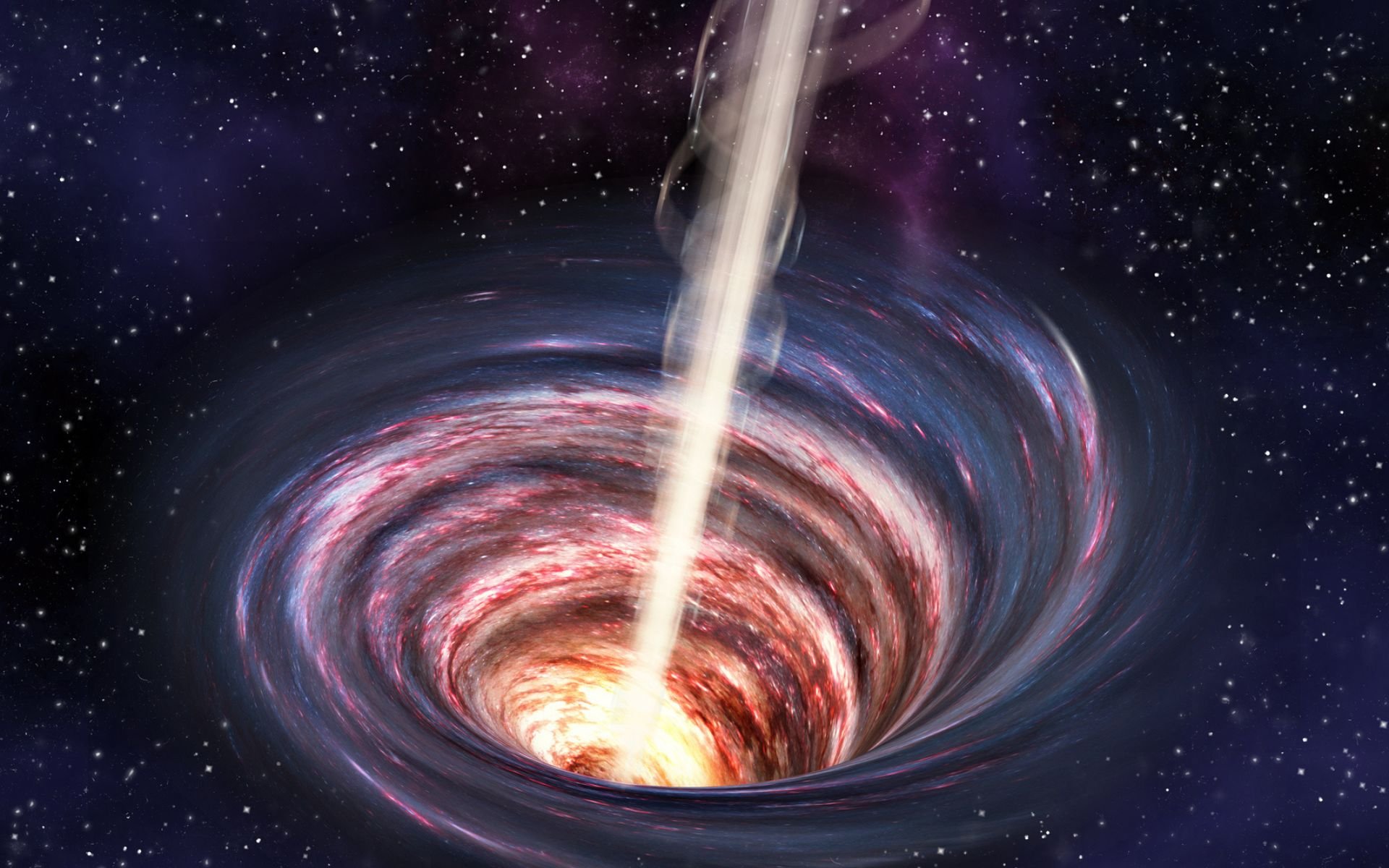A research team from Yale University in the United States published a study that aimed to: Learn more about one of the most intriguing topics in science: dark matter. To date, humanity accounts for only 5% of all matter in the universe, while the other 68% consists of dark energy and 27% dark matter.
The solution to explaining the nature of dark matter may be hidden inside primordial black holes, as scientists describe. The theory of the existence of primordial black holes was first proposed in 1966, but no real evidence of this phenomenon has been identified to date. The article was published in the scientific journal The Astrophysical Journal.
Theory created in 1966 It suggests that shortly after the first microseconds after the start of the Big Bang, the newly created universe developed primordial black holes. If this is a fact, the researchers in the new study suggest that the answers to dark matter may be hidden within these massive structures.
“The dark matter problem has now become serious. However, despite more than a century of research, the source of this issue is unknown and no convincing evidence for a solution has emerged. One proposed solution is the existence of compact objects formed in the first seconds after the Big Bang: primordial black holes.” The scientists explain in the study:
Black hole and dark matter
Since dark matter is part of much of the universe, this study suggests that its explanations may be hidden in primordial black holes that appeared at the beginning of the universe. This is a thought experiment as this type of black hole has not yet been confirmed by science. If the hypothesis were true, scientists suggest there would be many more of these massive objects in the universe, and they would probably be more widely spaced than stars.
The researchers’ next step will be to perform asteroseismic characterization of stars likely supported by primordial black holes. If the detection is successful, they will look for a unique signature to find other similar objects and gain a better understanding of the subject.
“The main difference between a Hawking star and a normal star is that it becomes convective as it is close to the core and accretes towards the black hole. However, it can be detected using astroseismology, a relatively new field in which astronomers use acoustic oscillations to probe the interior of a star,” the Max Planck Society explains in a statement about the paper.
Did you like the content? Stay up to date with other astronomy curiosities at TecMundo. If you want, take the opportunity to discover what the Universe would be like without dark matter.
Source: Tec Mundo
I’m Blaine Morgan, an experienced journalist and writer with over 8 years of experience in the tech industry. My expertise lies in writing about technology news and trends, covering everything from cutting-edge gadgets to emerging software developments. I’ve written for several leading publications including Gadget Onus where I am an author.












